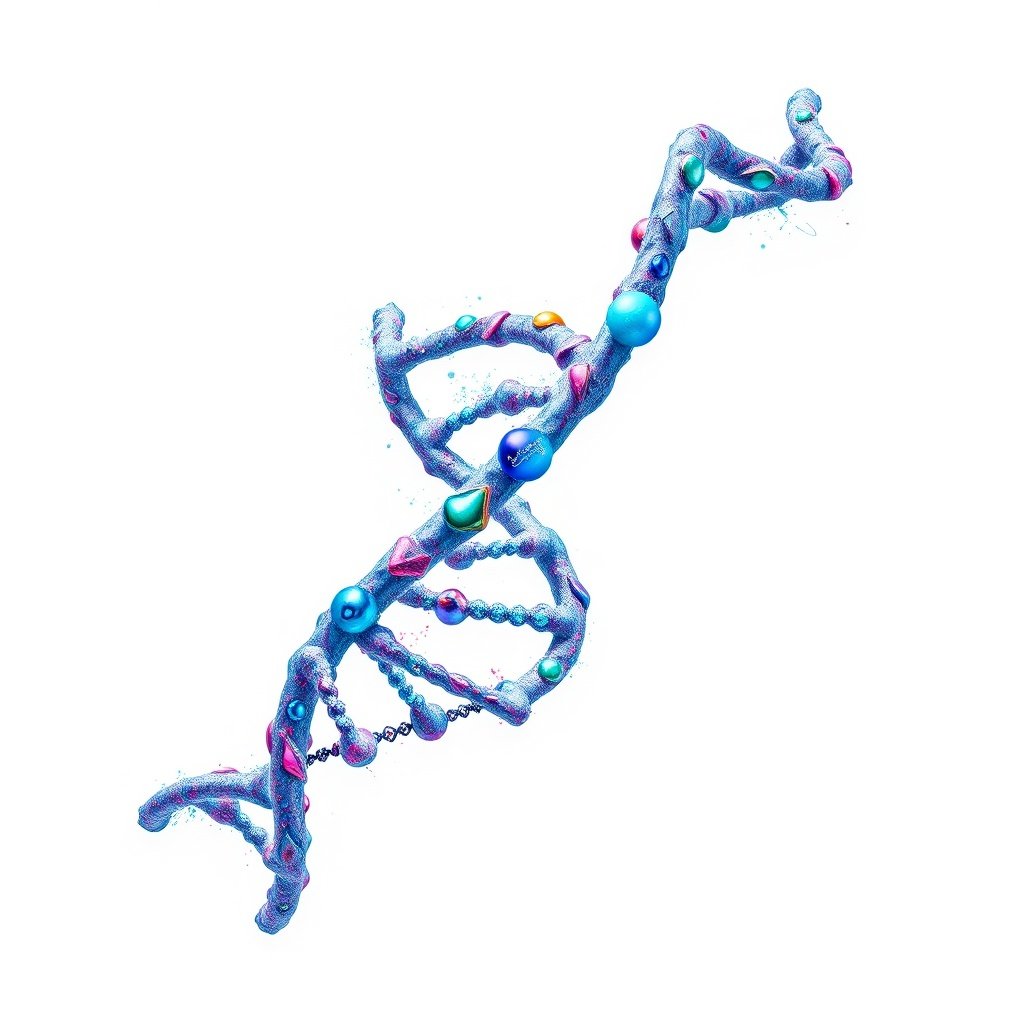** DNA **
The structure of DNA was first discovered in 1953 by James Watson and Francis Crick, building upon the work of scientists like Rosalind Franklin. Their discovery revealed how genetic information is stored and transmitted from one generation to the next.
Each nucleotide in DNA consists of a sugar, a phosphate group, and a nitrogenous base. The four types of nitrogenous bases are adenine (A), thymine (T), cytosine (C), and guanine (G). The sequence of these bases encodes the genetic instructions for living organisms.
Additionally, DNA is organized into structures called chromosomes. Humans have 46 chromosomes, arranged in 23 pairs. Each parent contributes one chromosome to each pair, which is why children inherit traits from both parents.
Moreover, advancements in CRISPR technology have opened new possibilities for editing DNA, potentially correcting genetic disorders or enhancing desirable traits in organisms.
Understanding DNA is crucial in fields like medicine, where genetic testing can identify predispositions to diseases, and in agriculture, where genetically modified organisms (GMOs) can be created for better yields.
For example, the specific sequence of bases in a gene determines how that gene will be expressed in the organism. This expression can lead to traits as diverse as eye color, height, and susceptibility to certain diseases.
DNA is a double-stranded helix of nucleotides which carries the genetic information of a cell. It encodes the information for the proteins and is able self-replicate
DNA molecules are among the largest molecules now known
Subtle DNA abnormalities (mutations) are responsible for many inherited diseases
For those interested in researching genetics and its implications, there are numerous resources available, including online courses, textbooks, and community discussions that can help expand one’s knowledge base.
As the study of genetics continues to evolve, it will undoubtedly lead to even greater breakthroughs in our understanding of life and how to improve health outcomes for individuals and populations.

Shop tip
Thank you for shares and comments! 😀🎉
Images Picsart and MIB
Lulu | Content | Glossary | All References




